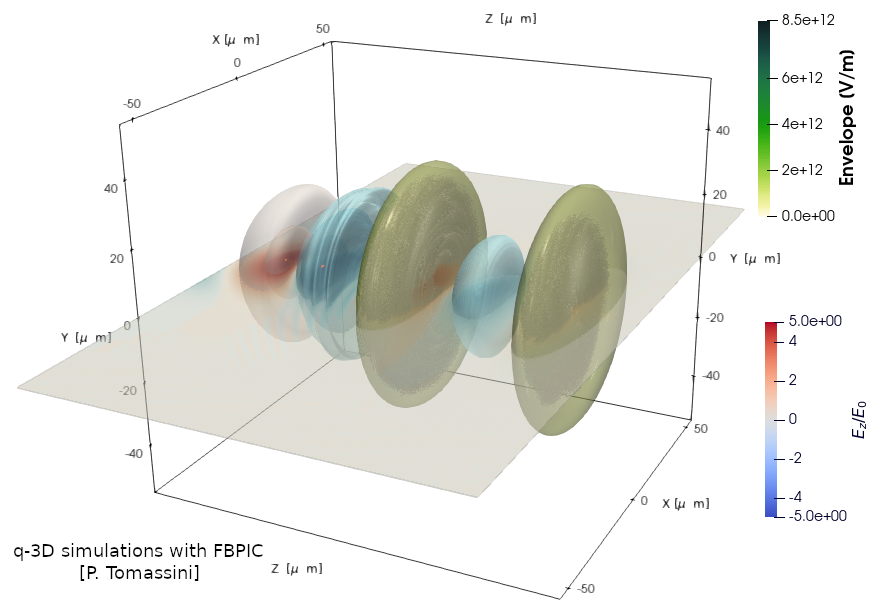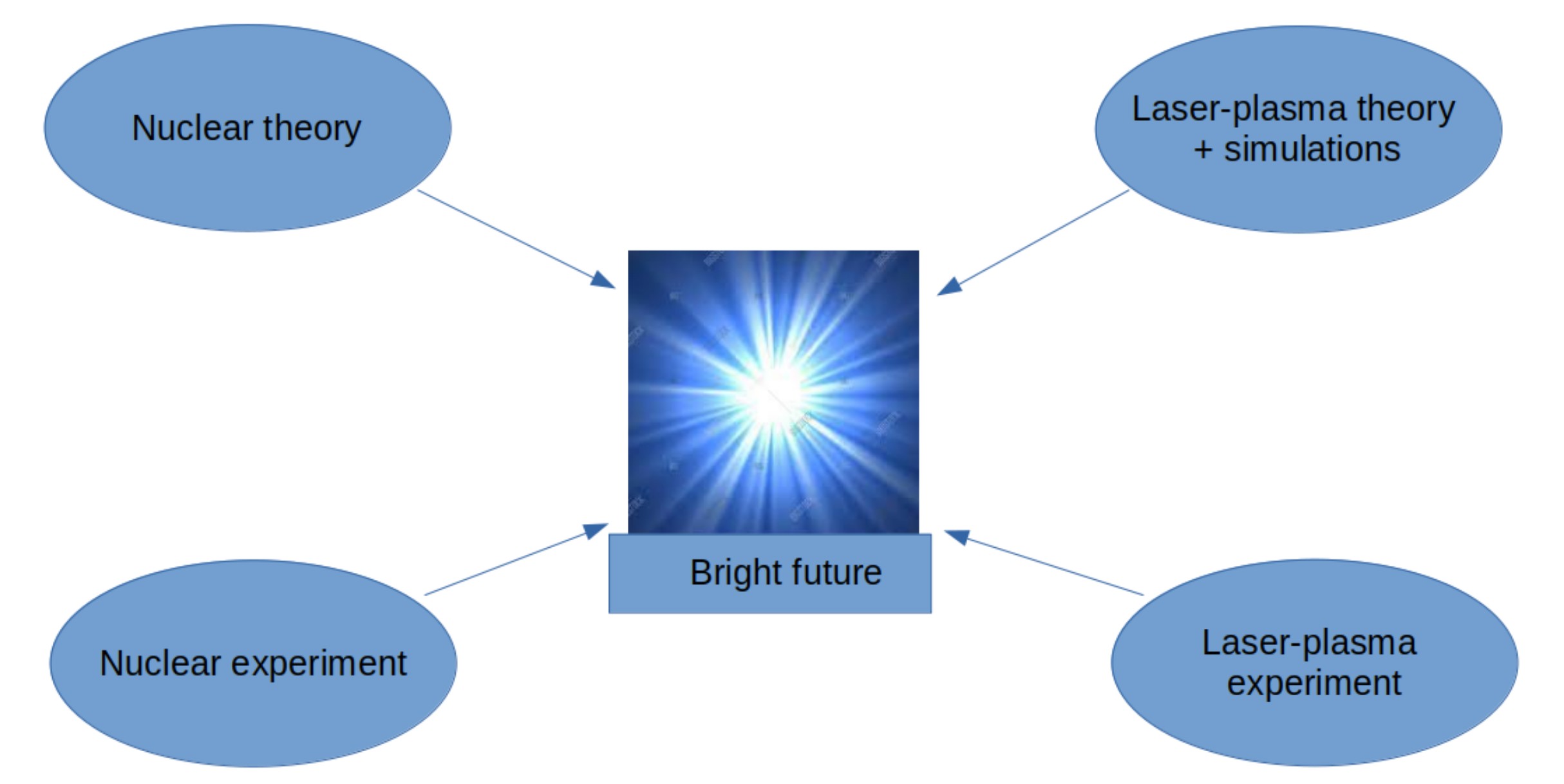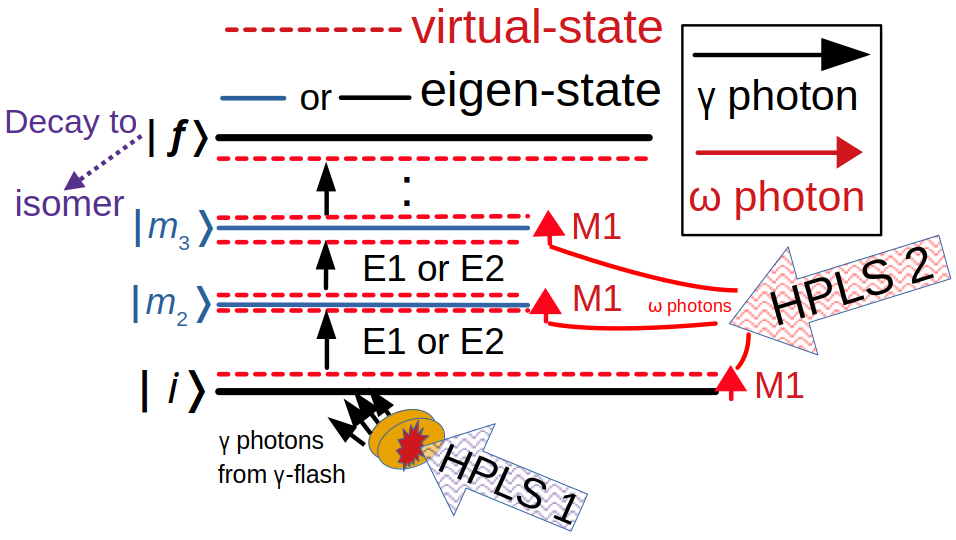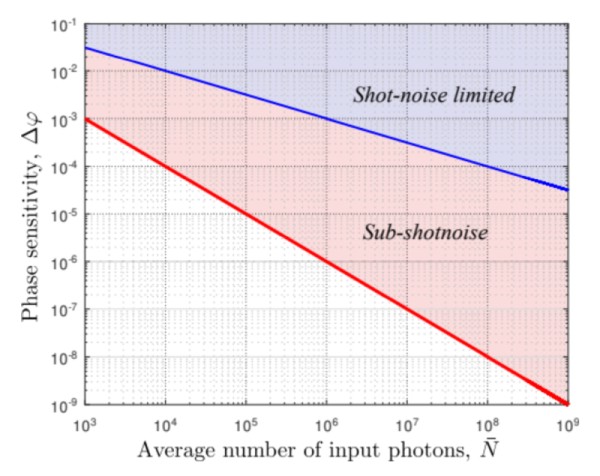High-Brightness and Attosecond Electron Beams
The generation of relativistic electron bunches with durations in the attosecond range can lead to pump/probe beams which can be fruitfully employed to unveil ultrafast dynamics. The two-color ionization injection and the resonant multi-pulse ionization injection (ReMPI) for LWFA, or their equivalent form for the PWFA, a.k.a. the trojan-horse scheme, resulting in being extremely flexible yet capable of generating high-brightness electron beams. All these schemes use a driver to excite a large-amplitude plasma wave and a short-wavelength ionization pulse to extract electrons from a dopant. The driver can be a single long-wavelength laser pulse (two-color), a train of resonantly delayed pulses (ReMPI) or a charged beam (trojan horse). In any of these schemes, the electrons extracted by the very low normalized amplitude ionization slip back out the pulse with a very small residual transverse momentum. As the electrons are accelerated and focused by the wakefield, they are eventually trapped in the bucket and further accelerated. Moreover, during the slippage in the back of the bucket, the electron beam is compressed in both the longitudinal and radial directions and can reach longitudinal sizes of tens of nm, thus generating electron bunches that can reach attosecond-scale duration.










